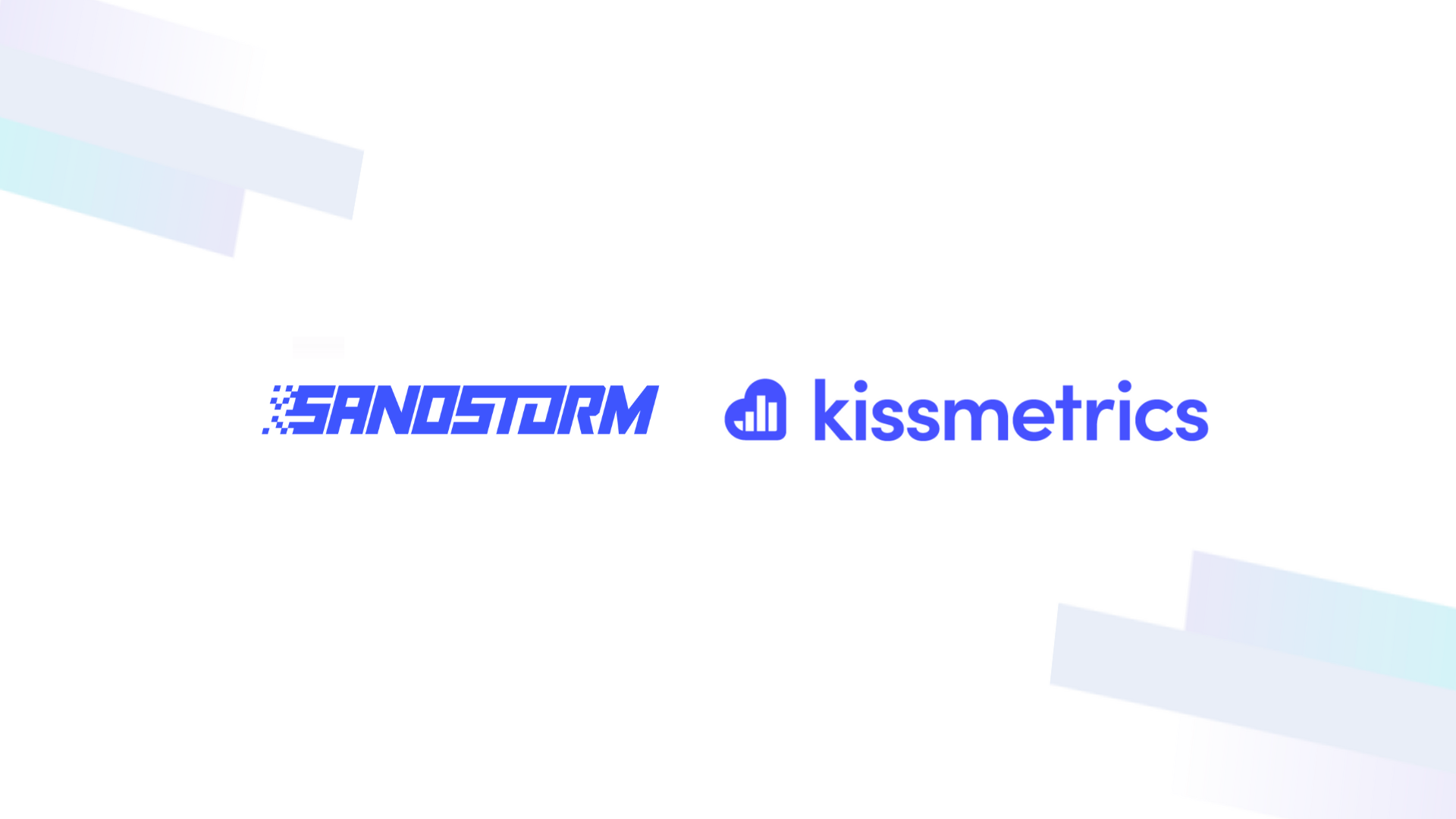What is Product Analytics? Definition & Overview

As a member of the product team, a considerable weight lies on your shoulders. Your task is to develop what your company is selling, marketing, and relying on to give them a competitive advantage and generate revenue.
If that wasn’t stressful enough, you’re also responsible for driving adoption and usage, and customer interviews are only as good as the questions asked.
Making the right decisions on what to build and how to build it requires the right data. With the correct data at your fingertips, you can make smarter decisions, influence stakeholders, and enhance your team’s credibility within the company.
What is Product Analytics, and Why Is It Important?
The term product analytics refers to capturing and analyzing quantitative data through embedded tools that record how customers interact with a product.
Product analytics is vital for many reasons. As you know better than anyone, creating a product is a complex process — hundreds of decisions go into building it, and sometimes it can be difficult to tell if what you’re doing is leading you to the result you want.
Product analytics helps you:
- Gain a deeper understanding of your customers.
- Gain insights that are difficult to get from qualitative data, such as surveys, customer feedback, etc.
- Set goals when adding new features.
- Gauge your customer experience.
While thousands of successful products were developed over the years with intuition and experience, today, data science and analytics provide us a more innovative and accurate path to decision-making.
You can get timely information on how well you’re meeting user needs. You can measure individual features’ success and base product decisions on metrics that support your larger business goals. When used correctly, analytics can transform your ability to develop ideas and design great user experiences.
Data Points and Insight You Can Pull From Product Analytics
Product analytics allows you to address crucial questions like:
- Who is using your product?
- How much usage do certain product features get?
- Which of your marketing efforts are driving the best users?
- How are customers using the product?
- What are the characteristics of your most engaged customers?
- Where are your users getting stuck in your onboarding funnel?
- How do you diagnose issues, reduce churn and personalize interaction for users?
Product analytics shows businesses what their users do — not just what they say they do. These are known as revealed behaviors, and they are highly telling. Customers aren’t very adept at predicting or assessing their behavior (consider any given New Year’s Resolution). Having analytics allows product teams to dive deeper than human-error-prone surveys and questionable user interviews. High-quality data and insights lead to more profitable decisions — plain and simple.
How To Use Product Analytics To Develop Sales and Marketing Strategies
Data can help inform the strategies employed by every team and get everyone pulling in the same direction. Because there are facts (i.e. data points) that tell you which direction that should be. But the data is only as valuable as the insight drawn from it. So training your sales and marketing teams on how to use the product analytics tool so they can read the data it produces will help drive synchronicity within the company. It will also reduce their dependence on the engineering and product teams.
Product analytics platforms perform two core functions that help companies to answer essential questions about their users:
- Tracking data: Capturing events, actions, and visits
- Analyzing data: Visualizing data through reports and dashboards
Here are some examples of how product analytics helps align sales and marketing strategies with product objectives:
- Acquisition: Product analytics can tell you where your customer comes from — which channels they use primarily, which users are the best prospects, and the optimal costs for acquiring each user.
- Activation: Each experience a user has with your product on the journey to becoming a paying customer is known as a micro-conversion. The point at which users fully connect with your offering and realize its value is called the moment they decide to purchase. Product analytics can help you optimize these steps.
- Retention: This is perhaps the most crucial metric to understand: are customers staying or leaving? On a basic level, product analytics answers this question. But it also tells you the behaviors indicative of a user staying. Which features do they use? How long did it take them to realize the value of your product? Product analytics will show you your stickiest features as well as which cause users issues. So you can prioritize what to build and fix.
- Referral: The only thing better than a satisfied customer is a whole bunch of them. Product analytics enables you to create a tracking plan to measure your customer loyalty through their actions.
- Revenue: Ultimately, it’s all about how you make money with your product. Product analytics can tell you who your most valuable customers are, the features they use and the products they bu. It will also tell you at a very basic level, how much money you’re making.
The more data teams get back from product analytics, the better the product iterations will be and the more aligned the marketing campaigns and sales efforts will be to those product iterations.
Most Common Analytics Reports and How They Can Help
A product analytics platform works by tracking the actions users take within your product:logins, features used, engagement, and other activities involved in navigating a digital product.
Here are some of the most common analytics reports that will help you analyze your data:
Cohort Analysis
A Cohort Analysis allows you to segment your customers into groups (i.e. cohorts) based on demographic information, acquisition channel, job title, industry, or any other way you want to group your customers. This report will tell how well each of these cohorts does within your product and can help sales and marketing teams assess their target audiences.
Behavioral Segmentation
Behavioral Segmentation is another standard analytics report that offers much greater refinement than demographic segmentation by letting you sort your users according to the actions they take within your product. You not only see who your very best customers are — you know what they do. You also see the actions taken by power users and your customers who churne
This report helps inform the product team on what they should build and fix, and to prioritize that never-ending list.
Event-Based Sequences
Event-Based Sequences provides you with endless flexibility in taking advantage of all the data you have gathered through auto-capture. Different teams can assign multiple labels to the same auto-captured interactions — even retroactively — without modifying that specific data.
These labels allow you to put events into context to answer questions and prove or disprove multiple hypotheses without going back to the source and rewriting the code. Simply put, your dataset stays clean yet accessible.
How Kissmetrics Helps Behavioral Product Analysis
Kissmetrics is a person-based analytics tool that will help you to identify, understand, and improve the metrics that drive your SaaS product. We make it simple to get the information you need to make better product decisions.
Other analytic platforms emphasize page views or isolated events, meaning they will tell you how many times a page was accessed or how many times a specific event was performed. But that does not connect the activity to your users or how they use your product.
The Bottom Line
Product analytics expose the raw reality of how customers use a product — or even a particular feature. Tapping into these metrics could be the key to your product’s growth and, ultimately, a happier customer.
Sources:
E-commerce Market Share, Growth & Trends Report, 2020-2027.
What Is Intuition, And How Do We Use It?
Why we make (and break) New Year’s resolutions, and 4 tips to help you achieve your goals | Norwalk.


